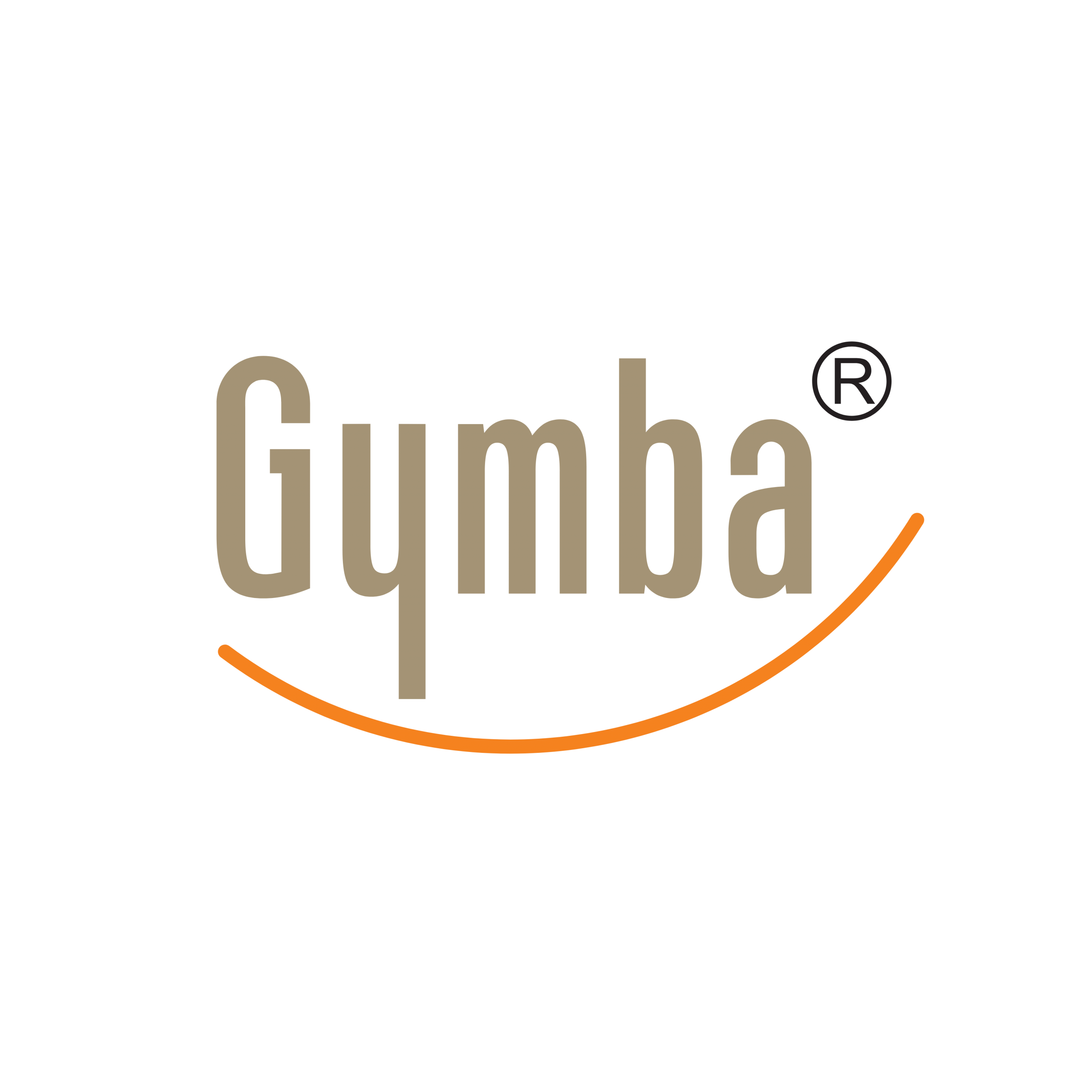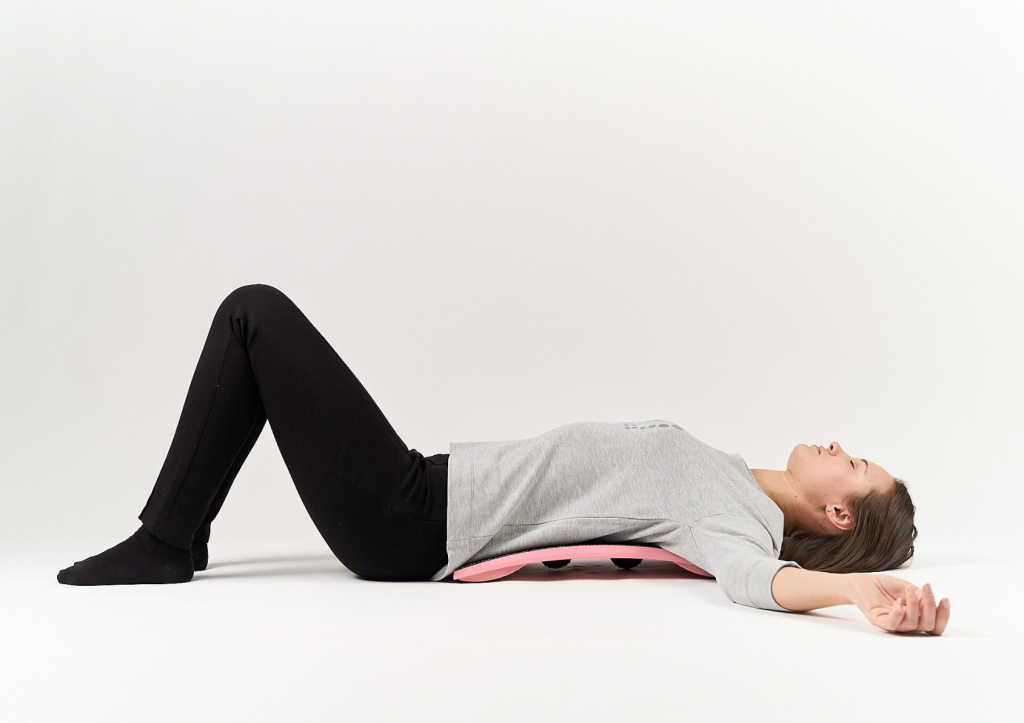Balance board exercises are versatile movements performed while standing on an unstable platform that challenges your stability and engages multiple muscle groups simultaneously. These exercises range from simple standing balances to advanced dynamic movements that can be integrated into both fitness routines and workday activities. Balance board training helps improve core strength, posture, ankle stability, proprioception, and overall functional fitness while making standing activities more engaging and beneficial. Whether used for a few minutes throughout your workday or as part of a dedicated workout, balance boards offer efficient low-impact training that fits easily into daily routines.
Understanding balance board exercises and their benefits
Balance board exercises are activities performed while standing on an unstable platform that creates controlled instability, requiring your body to make constant micro-adjustments to maintain balance. This simple concept delivers remarkable benefits for your body and mind.
The primary advantage of balance board training is the development of functional stability throughout your entire kinetic chain. When you stand on a balance board, your core muscles automatically engage as they work to keep your body centred. This strengthens not just your visible abdominal muscles, but also the deeper stabilising muscles that support proper posture and prevent back pain—particularly valuable for office workers who spend hours in sedentary positions.
Beyond core strength, balance board exercises improve ankle stability, enhance proprioception (your body’s awareness of its position in space), and promote better coordination. These benefits translate directly to improved posture while working, reduced risk of falls, and better performance in daily activities and sports.
What makes balance board exercises particularly valuable in office settings is their efficiency. Even short sessions of gentle movement on a balance board can:
- Increase blood circulation to combat the effects of prolonged sitting
- Engage muscles that typically remain inactive during desk work
- Provide mental breaks that can improve focus and productivity
- Add low-impact physical activity throughout your day without requiring dedicated workout time
What are the best beginner exercises for balance board users?
For those new to balance boards, starting with the right exercises ensures safety while building foundational skills. The best beginner balance board exercises focus on establishing basic stability before progressing to more dynamic movements.
Urheilupuolen tuotteemme basic balance stand is the perfect starting point. Simply step onto the board with feet shoulder-width apart, engage your core, and focus on maintaining the board in a neutral position for 30-60 seconds. Keep your knees slightly bent and your gaze fixed on a point in front of you to help maintain balance. When first attempting this, stand near a wall or desk for support if needed.
Once comfortable with basic standing, try gentle weight shifts. While maintaining your balance, slowly shift your weight from side to side or front to back, allowing the board to tilt slightly in a controlled manner. This helps develop ankle stability and teaches you how to control the board’s movement.
Other effective beginner exercises include:
- Shallow knee bends: Perform small, controlled squats while maintaining balance
- Heel-to-toe rocks: Shift weight between your heels and toes to tilt the board forward and backward
- Single-leg touches: Briefly lift one foot an inch off the board and then return it, alternating feet
For all beginner exercises, focus on proper form rather than duration. Start with 30-second intervals and gradually increase as your stability improves. Remember that slight wobbling is normal and beneficial—it’s these micro-adjustments that strengthen your stabilising muscles.
How can you incorporate balance board exercises into your workday?
Integrating balance board exercises into your workday creates opportunities for active standing without disrupting your productivity. The key is to start with brief sessions and establish consistent patterns that become natural parts of your daily routine.
Begin by placing your balance board at your standing desk for specific tasks that don’t require intense concentration, such as reading emails or participating in conference calls. Start with just 5-10 minutes at a time, allowing your body to adjust to this new way of working. The gentle movement while standing on the board helps maintain circulation and muscle engagement without being distracting.
Throughout your day, consider these practical implementation strategies:
- Set movement breaks: Schedule 5-minute balance board sessions every hour to break up periods of sitting
- Task association: Pair specific work activities with balance board time (e.g., standing on the board whenever checking emails)
- Micro-exercises: While reading documents, perform subtle movements like gentle weight shifting or shallow knee bends
- Transitional use: Step onto the board for a minute of balancing whenever you switch between sitting and standing
To maintain comfort, wear supportive shoes when using a balance board at work, and place an anti-fatigue mat underneath if you’re on hard flooring. Keep a water bottle nearby, as the increased muscle activity may make you thirstier than usual during standing work sessions.
What advanced exercises can strengthen your core on a balance board?
Once you’ve mastered basic stability, advanced balance board exercises can significantly enhance your core strength and overall fitness. These challenging movements create greater instability, forcing your body to recruit more muscle fibres and develop sophisticated balance control.
Urheilupuolen tuotteemme single-leg stand represents an excellent progression into advanced training. Start in the basic stance, then slowly shift your weight to one foot and lift the other leg a few inches off the board. Hold this position for 15-30 seconds before switching legs. This exercise dramatically increases the demand on your core stabilisers and improves unilateral (one-sided) balance control.
Dynamic movements further challenge your stability system:
- Controlled rotations: While balancing, slowly rotate your upper body from side to side while keeping your hips forward
- Board-top squats: Perform deeper squats while maintaining balance, engaging your quadriceps and gluteal muscles
- Modified plank position: Place your hands on the balance board while in a plank position (feet on the floor) to challenge upper body stability
- Balance board passes: Hold a light weight or ball and pass it from hand to hand around your body while maintaining balance
For maximum core engagement, focus on quality over quantity. Perform these exercises with deliberate control, engaging your core throughout the entire movement. Even short sessions of advanced exercises (2-3 minutes) can provide significant benefits when performed correctly and consistently.
Key takeaways for effective balance board training
The most important principle for successful balance board training is progressive adaptation—starting simple and gradually increasing difficulty as your body develops greater stability control. This methodical approach prevents frustration and reduces injury risk while maximising long-term benefits.
Consistency matters more than duration. Short, frequent balance sessions distributed throughout your day offer greater benefits than occasional longer workouts. Even just a few minutes of balance work several times daily can lead to noticeable improvements in stability, posture, and comfort.
Remember these practical guidelines for optimal results:
- Prioritise proper form over complexity or duration
- Listen to your body and avoid exercises that cause pain (rather than just challenge)
- Create a supportive environment with adequate space and something nearby to hold if needed
- Combine balance work with other movement practices for comprehensive fitness
- Track your progress by noting how long you can maintain stability in different positions
At Gymba, we’ve designed our balance boards specifically to support this progressive approach to movement integration. Our boards provide the ideal combination of challenge and control, making it easy to incorporate beneficial movement into your workday without disruption. What makes our activation board unique is its walking-like motion, which engages the same muscles used during natural walking. Unlike traditional balance boards, it offers a high level of stability, allowing the user to stay in control while still encouraging movement. That’s why we call it an activation board—it’s designed to activate the body without compromising balance or focus. Whether you’re looking to improve posture, increase energy, or simply make standing work more engaging, balance board exercises offer an accessible and effective solution for enhancing your daily wellbeing.

